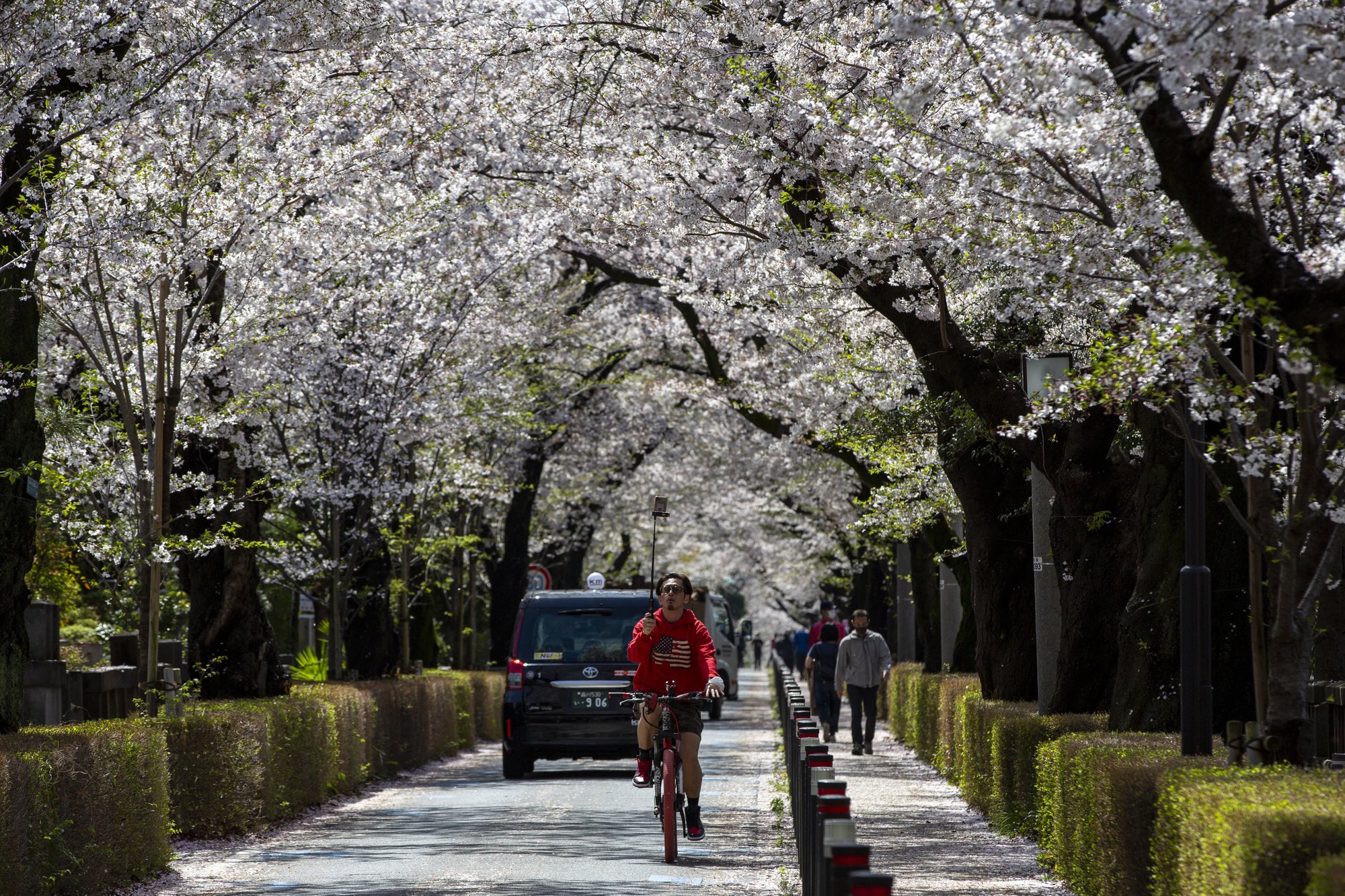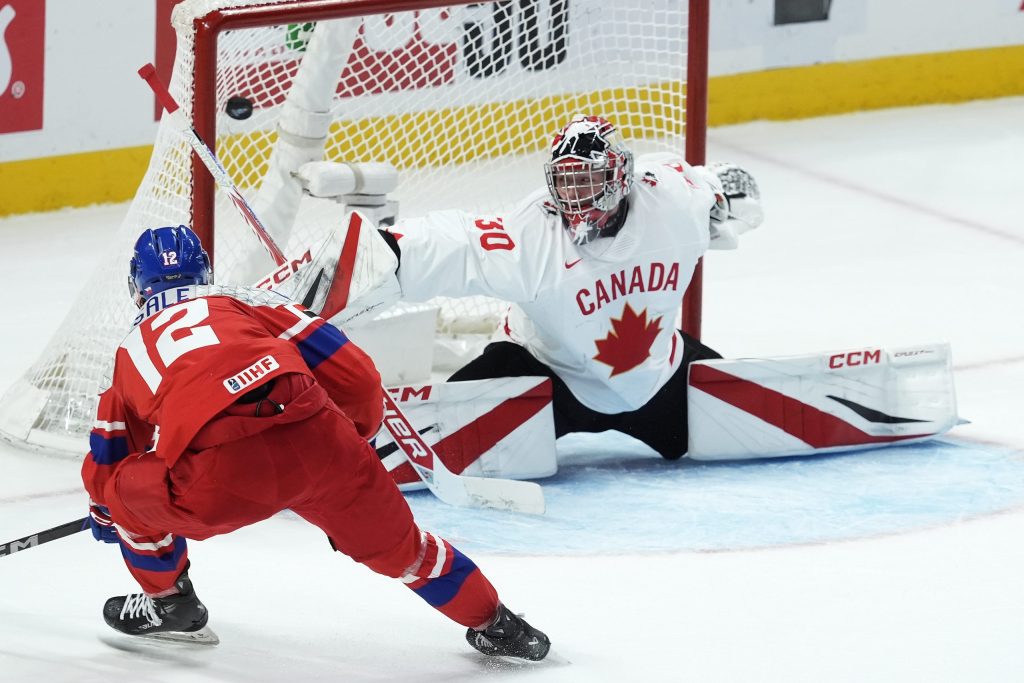Cherry blossom competition aims to raise climate awareness
Posted February 9, 2024 9:03 am.
Last Updated February 9, 2024 12:37 pm.
Cherry blossoms are a sign of spring around many parts of the world, including Vancouver, but will the warmer-than-usual weather force blooms earlier than we’ve typically seen?
For the third year in a row, a competition run by UBC and George Mason University in the U.S. is asking individuals and teams to predict peak cherry blossom bloom dates in five cities — and which will be first.
Participants are being asked to focus on Vancouver, Washington, D.C., New York City, Kyoto in Japan, and Liestal-Weideli in Switzerland, to predict peak bloom dates with the chance to win prizes.

Researchers say those taking part will be given all publicly available data to help them with their forecasts, though they note this year’s efforts may be a bit more difficult, due to the “unusually warm winter.”
The effects of climate change
Dr. Elizabeth Wolkovich, a professor in the department of forest and conservation sciences at UBC, says the competition serves a few purposes.
“The cherry blossom season, on average, has begun earlier and earlier over the past four decades, with some plants or locations having advanced two or three weeks. Engaging the public in predicting bloom times gets more people talking about climate change and how it’s affecting nature around us. The contest results, combined with scientific research, offer a collaborative approach that could also help improve the accuracy of our forecasting,” she explained.
Her colleague, Dr. Jonathan Auerbach, a data scientist and statistics professor at George Mason, says “blossom development depends on the weather and local microclimates,” meaning it can be hard to say when exactly peak bloom will be more than 10 days out.
Despite this challenge, he says the first two competitions “produced some great results.”
“Some of the forecasts were stunningly accurate, within a day or two of the actual peaks. We hope to attract even more contributions this year,” he said.
Contestants can be anywhere in the world. To participate, they must build prediction models for all five of the cities by Feb. 29. Researchers are aiming to reveal the results in May or June. Judging will look at “creative entries that combine data-analysis techniques from statistics and machine learning with biological insight,” Kepplinger says.
Blooms and the cold
Wolkovich says cherry trees actually need a mix of a certain amount of cold winter days and spring warming to flower.
However, climate change can and has thrown a wrench into this cycle.
“A major question we have in forecasting future springs is when climate change may reduce winter cold so much that this happens in other places and for other species,” Wolkovich explained.
“We know that peaches, for example, will fail to flower without enough cold but our models are not well tested beyond a few locations for a few species, which is why this competition is so important.”
The timing of cherry blossoms can also help indicate when other trees will “leaf out,” she adds.
“That in turn determines how much carbon our forests take up, and so ultimately this could inform and improve predictions of climate change. In the future, we could apply these models to study the climate response of other plants and trees,” Wolkovich said.
If you’d like to take part in the International Cherry Blossom Prediction Competition, you can find more information here.








